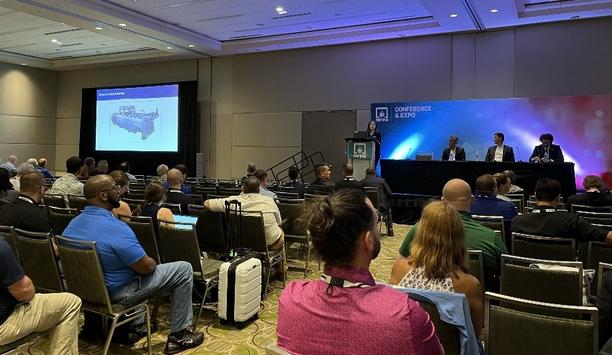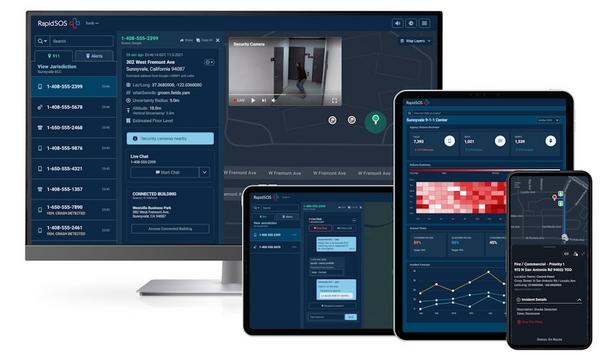Given that the majority of today’s workforce is comprised of Millennials and Gen-Z employees, the fire service needs to up its game to attract these younger candidates into employment opportunities in an environment dominated by Baby Boomers. And the demographic trends will continue: Millennials will make up 75% of the U.S. workforce by 2030, according to the U.S. Bureau of Labor Statistics.
To attract Millennials to the fire service, and to manage them once they are onboarded, it is necessary to understand the motivations, needs, and expectations of this group. In fact, given the size of this demographic and their crucial role in the future of the fire service, shifting focus to attract them to the fire service workforce is a top priority.
Choosing a new career path
Millennials are not as young as they once were they began turning 40 in 2021. As they enter middle age, some Millennials may be looking to change their career paths. Tired of settling for careers that provided little satisfaction and/or did not match their passions, the older Millennials will be searching for new opportunities.
The fire service provides an opportunity to serve to provide purpose to a new career path
For many Millennials, their career path has not matched their ideals or what they imagined back in high school or college. Some are looking for purpose and to serve the greater good. The fire service provides an opportunity to serve – and a wealth of challenges providing purpose to a new career path.
Strategies to attract millennials
Let’s consider some of the characteristics that drive Millennials (born between 1981 and 1997) and Gen-Z’ers (born after 1997). Greater understanding enables the fire service to design strategies to attract these employees in a highly competitive labor market.
- They are the digital generation: Younger employment candidates access the internet using their smartphones and are more likely to use a smartphone for a work-related process as well. They may spend hours on social media or watching online videos.
- They prefer to communicate electronically: They want to be engaged in the workplace, and stay informed about all aspects of their employment, but they may not be comfortable with communicating face-to-face. Rather, they prefer texting, tweeting, liking, Facetiming, etc. as primary ways to interact with the world.
- They embrace technology: Investing in new technology solutions can attract Millennials to a job, and their affinity for technology makes the transition to more innovation-driven approaches easier for employers. (On the other hand, they tend to be less mechanically inclined than Baby Boomers.)
- They are well educated: Around 39% of Millennials have attained bachelor’s degrees or higher compared to a fourth of Baby Boomers.
- They want to continue learning: Millennials see learning new skills as a route to greater career success and value the opportunity to learn. Millennials are likely to be enthusiastic about training, which is an important element of modern firefighting.
- They seek purpose in their employment – and in their lives: Millennials want their employment to be aligned with their worldview and core values. They do see money (salary) as an important priority but are not willing to compromise the bigger picture to make more money. They want to feel empowered. Orientation of Millennials should emphasize values and decision-making boundaries.
- They want instant gratification: Millennials grew up at the center of their parents’ worlds. Some were coddled. Some grew addicted to receiving trophies for everything, even participation. They may be impatient with the idea of working hard now for an eventual reward. These expectations may be at odds with the fire service’s elements of rank and structure that are based on tenure.
- They value diversity and want to work for organizations whose management and workforce are diverse.
- They expect to have many jobs during their career and are less willing to commit to a single employer for a longer-term: The corollary of this outlook is a likely higher level of turnover, a continuing challenge for employers to manage.
- They value a work-life balance: They are less willing to work long hours. This trend is even more pronounced in the aftermath of the COVID-19 pandemic, which reminded employees across the board of a need to shift priorities away from employment and toward a richer home life. They appreciate flexibility.
- They value teamwork. Group projects and teamwork have recently been a higher priority in schools, colleges, and universities, which have oriented Millennials to value teamwork and being part of a greater whole. They also value constructive feedback and better internal communications.
- They are skeptical of the importance of business and free enterprise in society. Purpose-seeking Millennials are drawn to non-profit organizations and institutions that serve a higher purpose (such as firefighting!)
Welcoming millennials in the fire service
The next generation of personnel will likely change the fire service for the better while preserving the core elements
Successfully embracing Millennials into the workforce is essential to the success of the fire service. The task demands leveraging their affinity for technology and searches for purpose while managing the culture-shock challenges of adapting to a more structured organization.
The fire service can benefit broadly from more attention to issues such as diversity and work-life balance, which are near-and-dear to the hearts of Millennials.
In short, the next generation of personnel will likely change the fire service for the better, while preserving the core elements that have enabled it to fulfill its mission for generations.







































